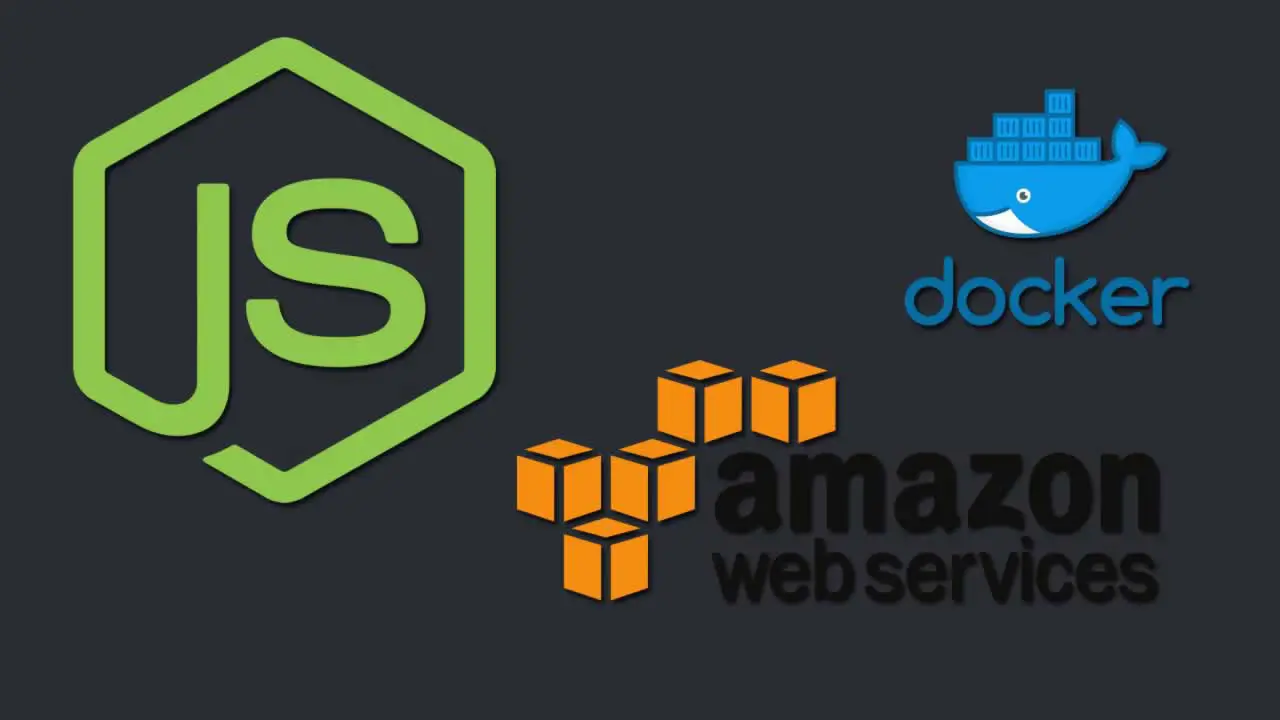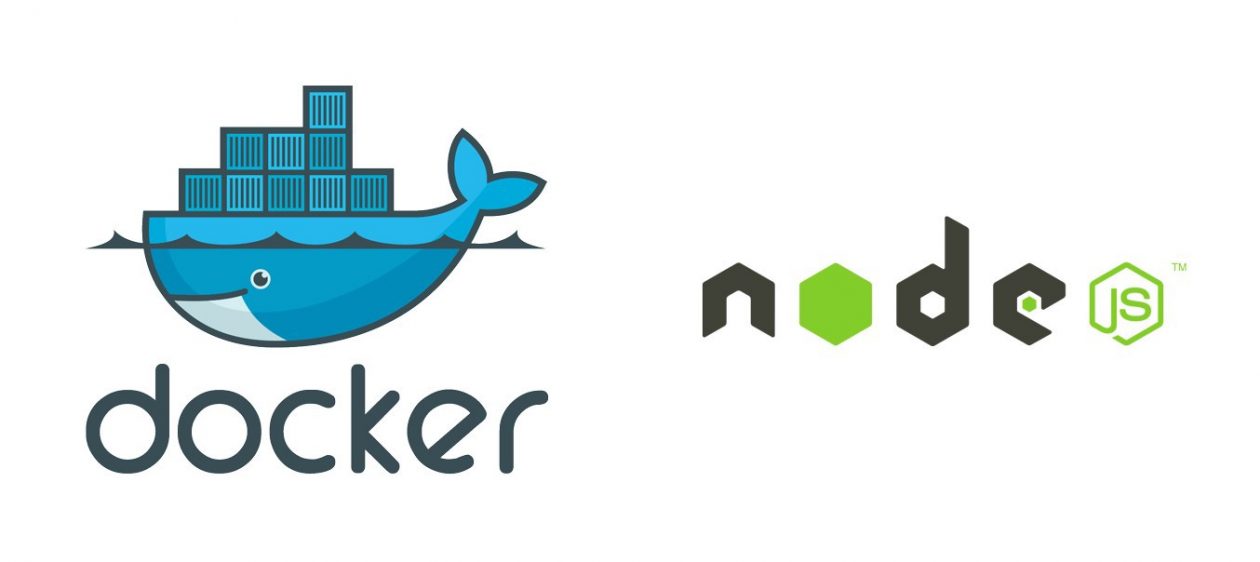Using Docker with Node.js


Fixing CannotPullContainerError when deploying to AWS ECS using ECR registry
(2020-09-03T21:00:00.000Z) The AWS Elastic Container Service is supposed to be an excellent place to deploy Docker containers at scale. But unless you're careful with the configuration it is easy to get stuck with the dreaded CannotPullContainerError. AWS's documentation about this is unclear as to the precise cure for this problem. In this post we'll go over the correct way to configure a VPC and deploy a Docker container in an ECS cluster attached to the VPC.

Terraform deployment on AWS ECS a multi-tier Node.js and Nginx system using Service Discovery
(2020-03-31T21:00:00.000Z) Amazon's AWS Elastic Container Service (ECS) lets us deploy Docker containers to the AWS cloud. In earlier postings of this series we have hosted a NGINX/Node.js application stack using Docker on our laptop, and on AWS ECS, then we hosted it on AWS ECS using Terraform. In this tutorial we switch to hosting the application using two AWS ECS Service instances, and use AWS Service Discovery between the instances.

Terraform deployment of a simple multi-tier Node.js and Nginx deployment to AWS ECS
(2020-03-28T22:00:00.000Z) Amazon's AWS Elastic Container Service (ECS) lets us deploy Docker containers to the AWS cloud. ECS is a very complex beast to tame, but Terraform offers a way to easily describe infrastructure builds not only AWS but on many other cloud services. Using Terraform is hugely simpler than any tool offered by AWS ECS.

Deploying a simple multi-tier Node.js and Nginx deployment to AWS ECS
(2020-03-23T22:00:00.000Z) Amazon's AWS Elastic Container Service (ECS) lets us deploy Docker containers to the AWS cloud. ECS is a very complex beast to tame, but Amazon offers a method of using Docker Compose to describe an ECS Service. That hugely simplifies the task of launching tasks on AWS ECS.

A simple multi-tier Node.js and Nginx deployment using Docker
(2020-03-21T22:00:00.000Z) In a world of Microservices, our Docker deployments are probably multiple small containers each implementing several services, with an NGINX container interfacing with the web browsers. There are many reasons for doing this, but lets instead focus on the how do we set up NGINX and NodeJS in Docker question. It is relatively easy, and to explore this we'll set up a two-container system with an NGINX container and a simple NodeJS app standing in as a back-end service.

Deploying an Express app with HTTPS support in Docker using Lets Encrypt SSL
(2018-02-20T22:00:00.000Z) Getting HTTPS support in all websites is extremely important for a variety of security purposes. HTTPS both encrypts the traffic as it goes over the Internet, and it validates the website is correctly owned. Let's Encrypt is a fabulous service providing free SSL certificates, which are required to implement HTTPS. For this posting we'll be implementing a simple Express app, deploying it using Docker and Docker Compose, using Let's Encrypt to acquire the SSL certificates, and hosting the app on a cloud hosting service.